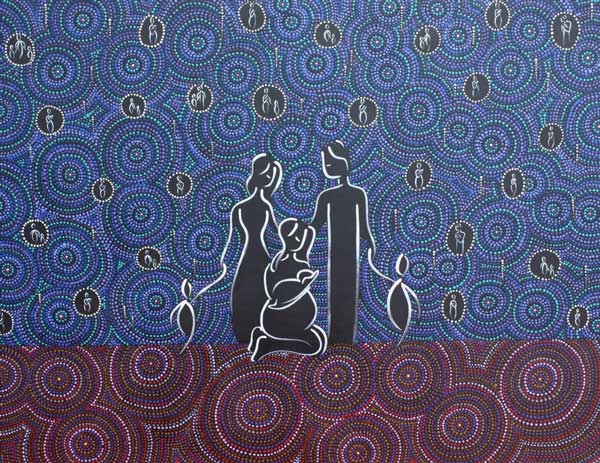PDF 1.09 MB
Guideline for the management of the woman with perinatal loss
 The loss of a baby through stillbirth is a devastating event for families. We have provided you with some information and support services to help you through this confusing and sad time.
The loss of a baby through stillbirth is a devastating event for families. We have provided you with some information and support services to help you through this confusing and sad time.
It is not our intention to cause any distress to the families accessing this information, however, we acknowledge that some of the content may trigger emotions and memories based on your experiences. Please seek support if needed.
The Pre-admission Information fact sheet (PDF 489KB) (see translated fact sheets) includes what you need to bring into hospital and ideas of how to make memories with your baby.
Other information includes considerations and questions you may want to ask the hospital staff.
You will be offered a range of tests (investigations) to try and find out why your baby died. These are optional but they give you the best chance of finding out why this has happened, and it can help you to minimise the risk for any future pregnancies. There will be no fees if you have a Medicare card.
The Stillbirth investigations fact sheet (PDF 812KB) (see translated fact sheet) provides you with information on:
Perinatal Pathology Service staff also describe the tests that you will be offered, what happens during autopsy (including how your baby will be treated), time needed and processes with funeral homes in the following video.
It is important to take the time to mourn the loss of your baby. Everyone grieves in different ways. The important thing is to talk to your partner and/or other family members or support people and ‘check in’ about what you and your family need, and how you are feeling.
The Postnatal care following stillbirth fact sheet (PDF 359KB) (see translated fact sheets) suggests ways for you and your partner to help recover following the birth of your baby. It includes a list of things to do and watch out for to help you care for yourselves and each other.
If you want to talk to someone who has experience with stillbirth, but is not connected to you, you can contact a community support group (PDF 393KB).
Jiba Pepeny (Star Baby): Supporting your journey after losing Bub (PDF 74KB) is a resource made by Aboriginal people, for Aboriginal people. It is our way to support you through the Sorry Business of losing your little bub. It will give you information so that you can feel strong in the decisions you are making for yourself and bub.
There are a number of community support groups that you can talk to either face to face, online, via social media or through professional counselling services. For a list of services see the community support groups (PDF 393KB).
We would like to acknowledge and thank you as the artist and for your donation of this work to the Stillbirth Investigation & Autopsy Project.
Artist: Elizabeth Close, Aboriginal Visual Artist, Pitjantjatjara, Yankunytjatjara
Image descriptor:
A mother cradles her baby. She is embraced by figures on either side, who hold the hands of her older children. In the background there are figures, each with a child, baby or children - each baby and child are accompanied by an adult. What I'm trying to convey in this piece is support for families, but also a slightly more esoteric concept that regardless of cultural background - no baby will travel alone. How that happens is up to the interpretation of the person viewing the artwork. If they believe in heaven, then it might be a grandparent. If they're Indigenous it might be the ancestors and the dreaming that holds that baby as it journeys on. But regardless of background, all children and babies that pass on, will have a hand to hold on their journey. But in the foreground, in the here and now - as isolating and overwhelming that grief feels; no grieving family are truly alone.
We recognise that there are people of Torres Strait Islander identity living in South Australia; however, in recognition that Aboriginal people are the original inhabitants of this state, we have used the term 'Aboriginal' in this document to refer to all people who identify as Aboriginal, Torres Strait Islander, or both.
The words woman/women/mother/she/her have been used throughout the resources as most pregnant and birthing people identify with their birth sex. However, these terms include people who do not identify as women or mothers, including those with a non-binary identity. The term ‘partner’ is inclusive of people with diverse sex characteristics, gender identities, and sexual orientations.